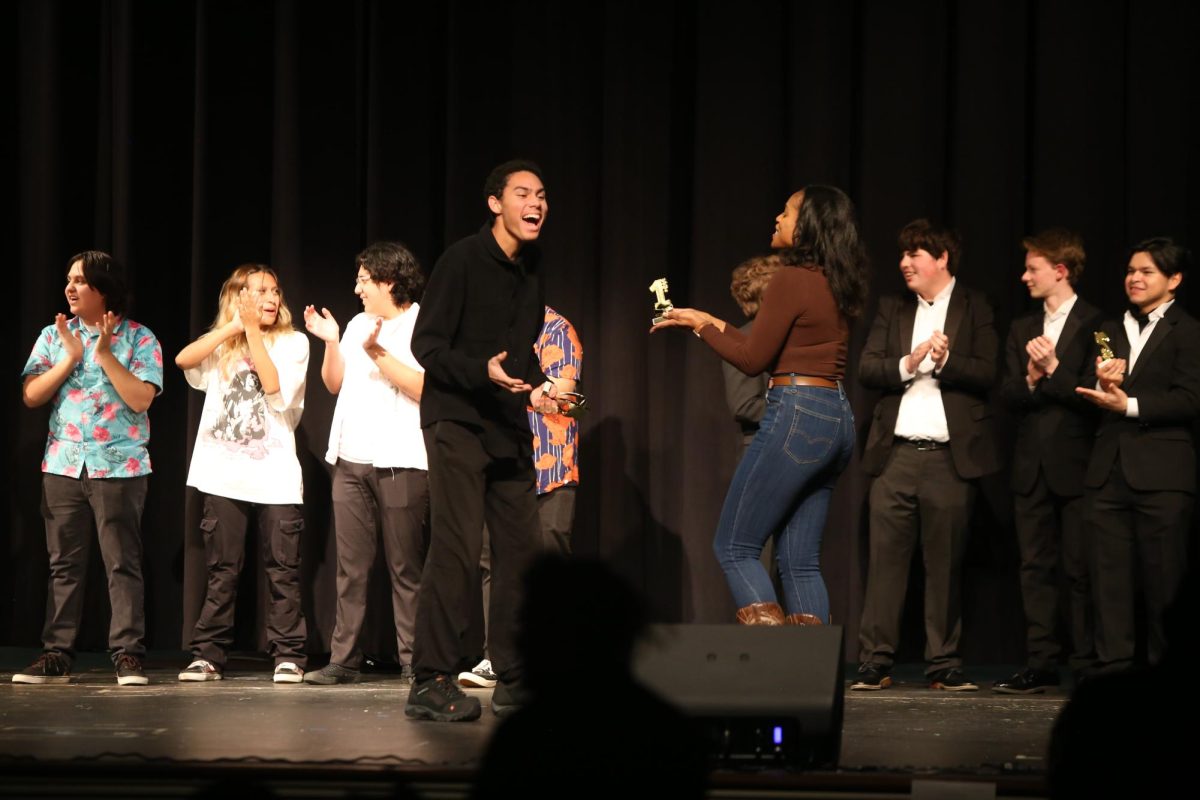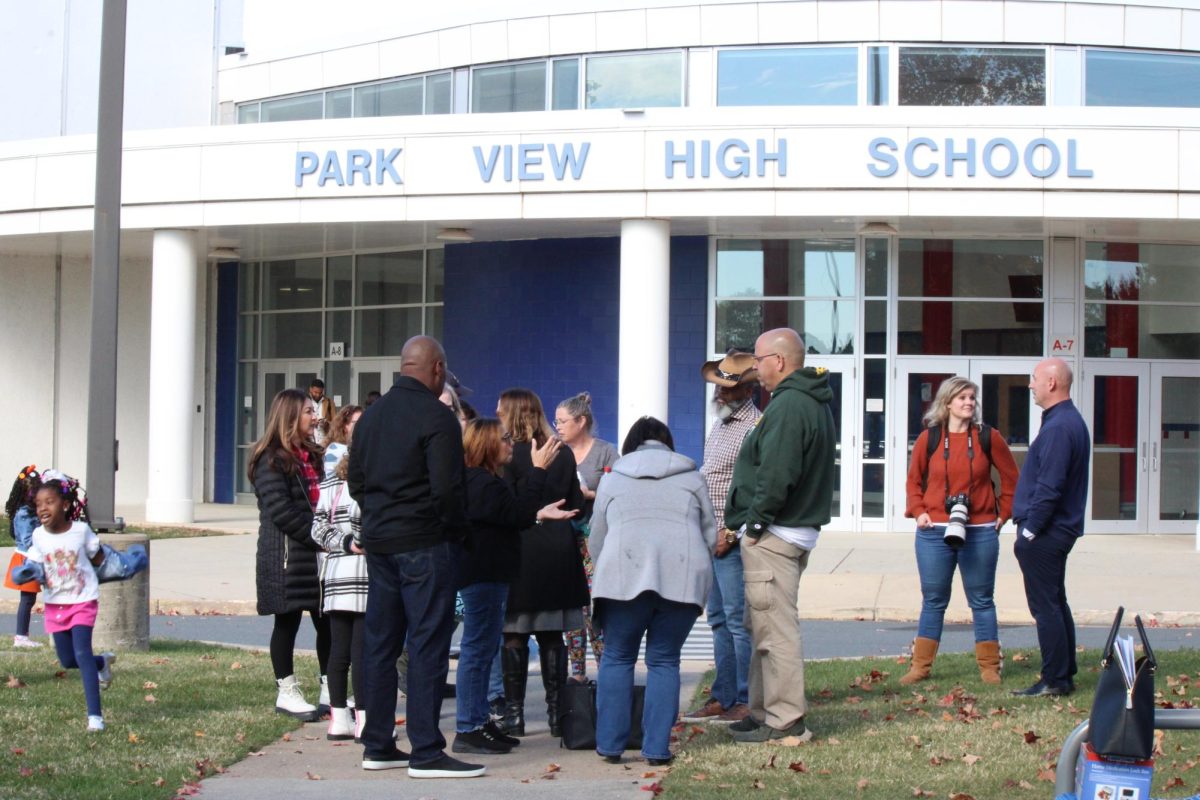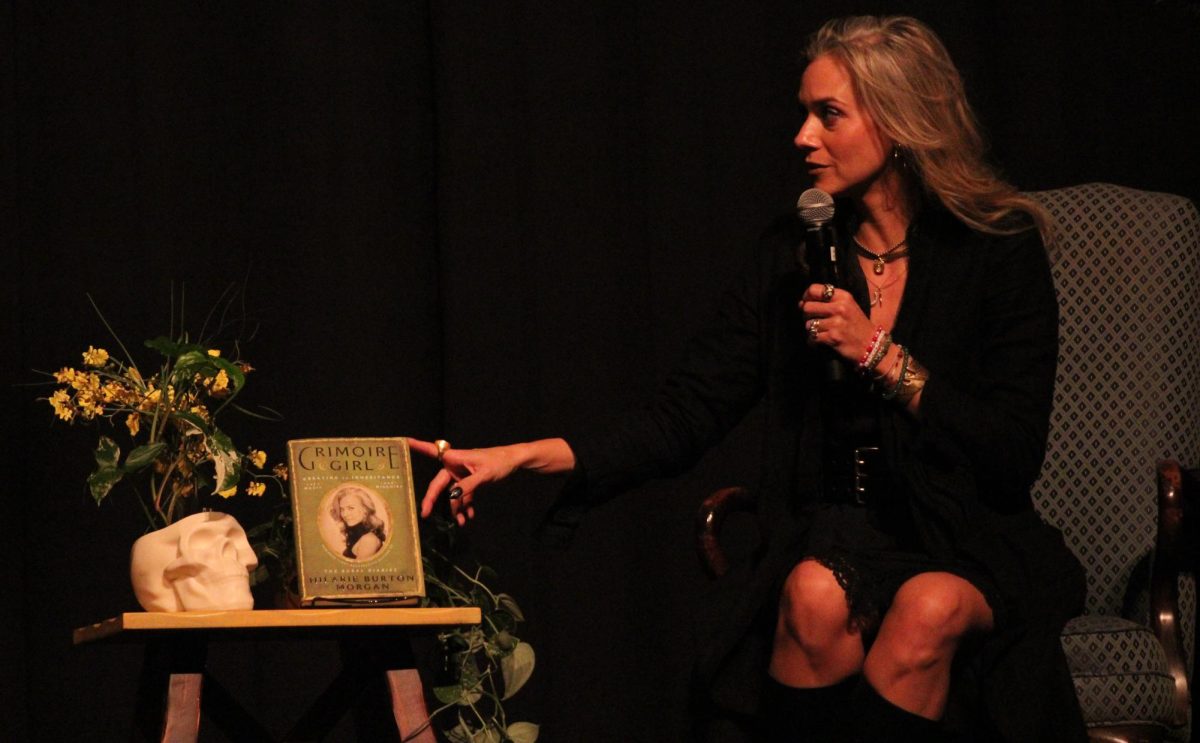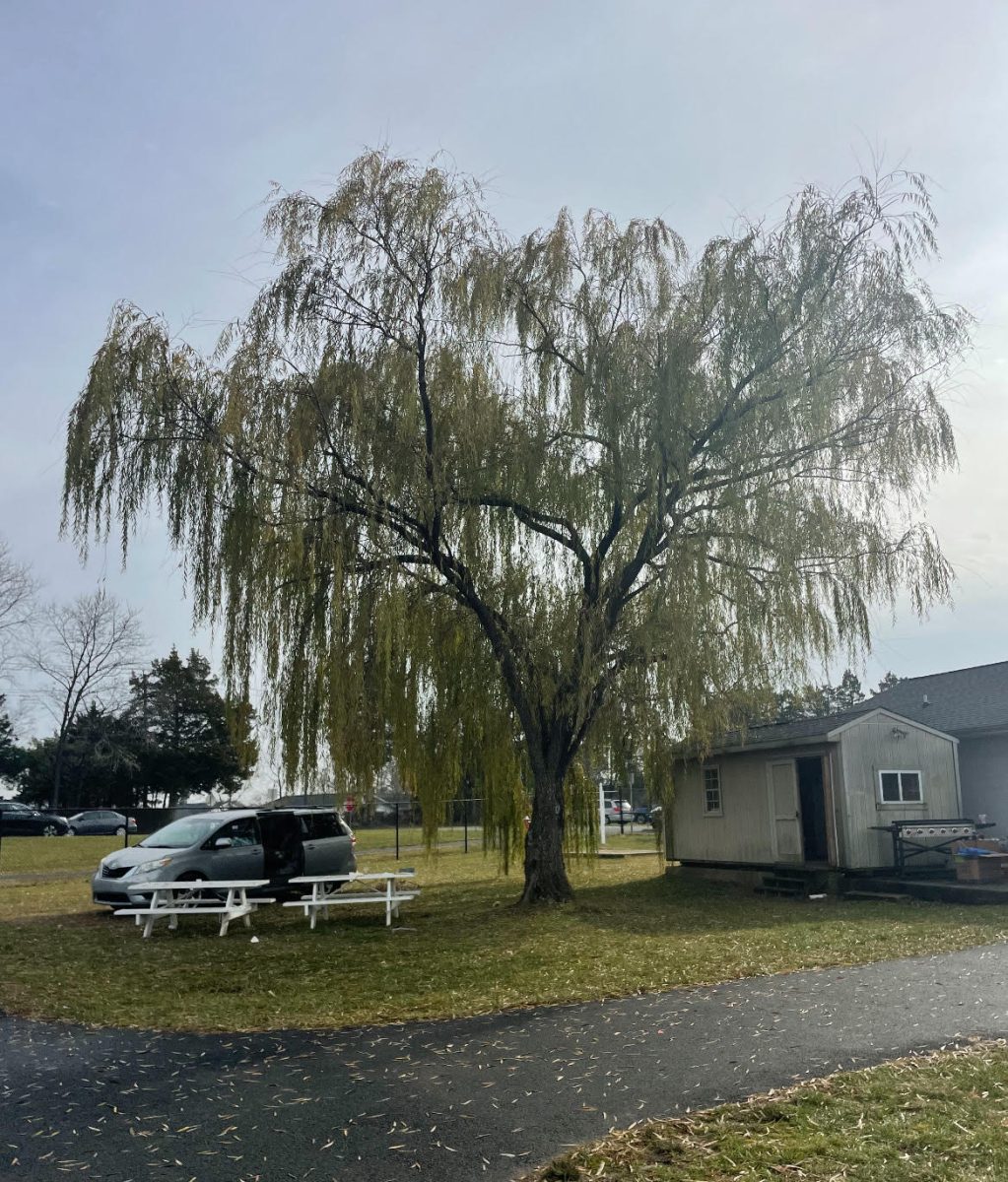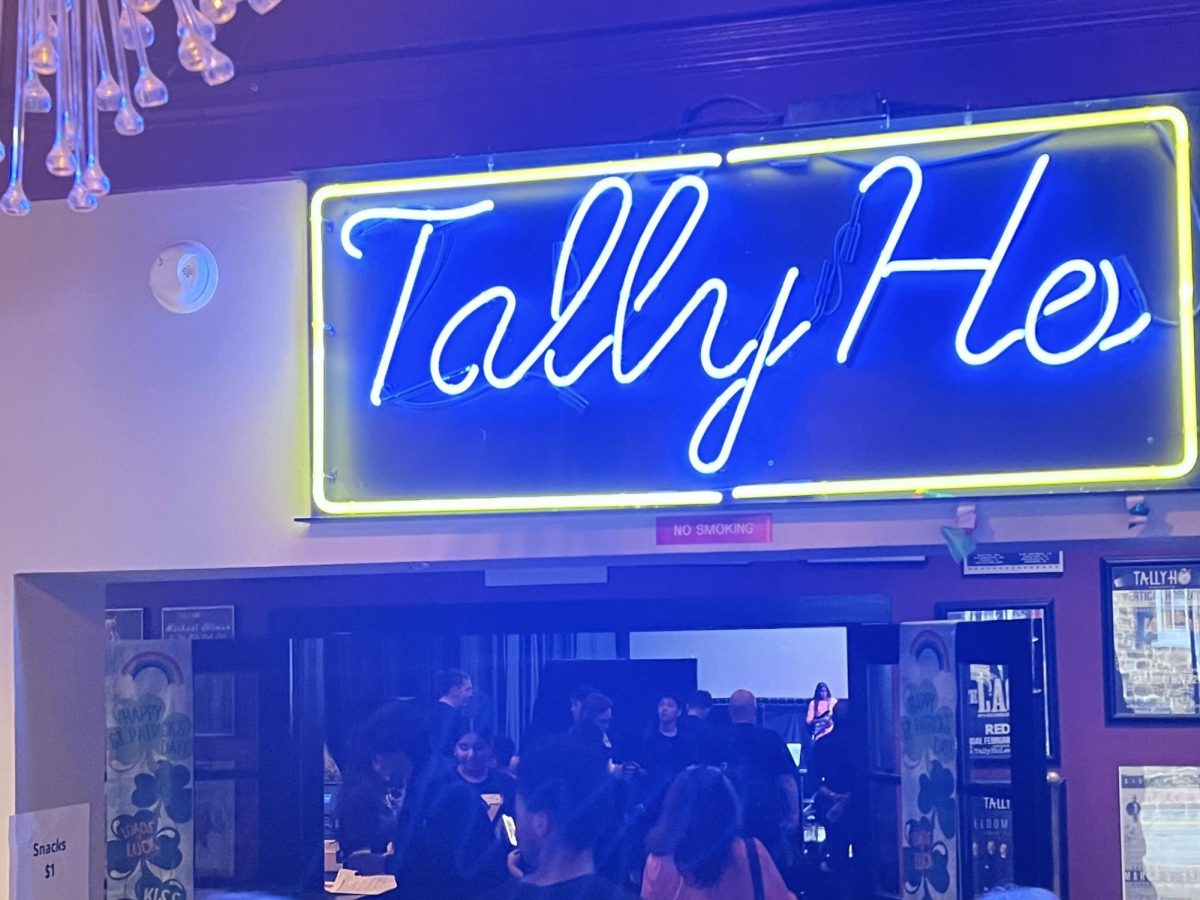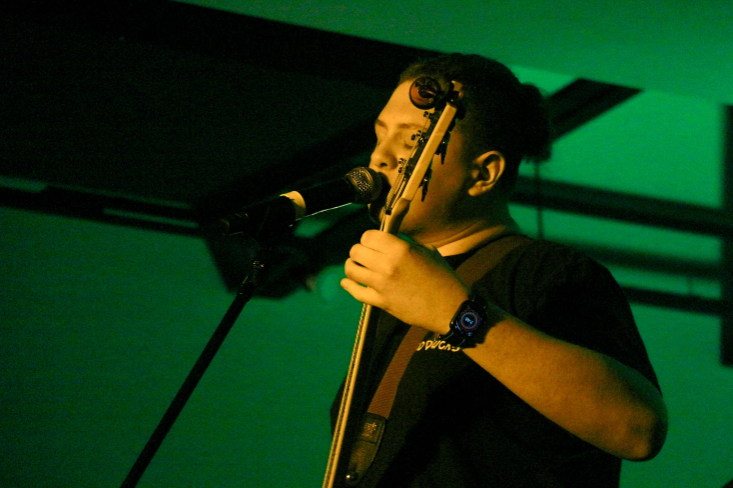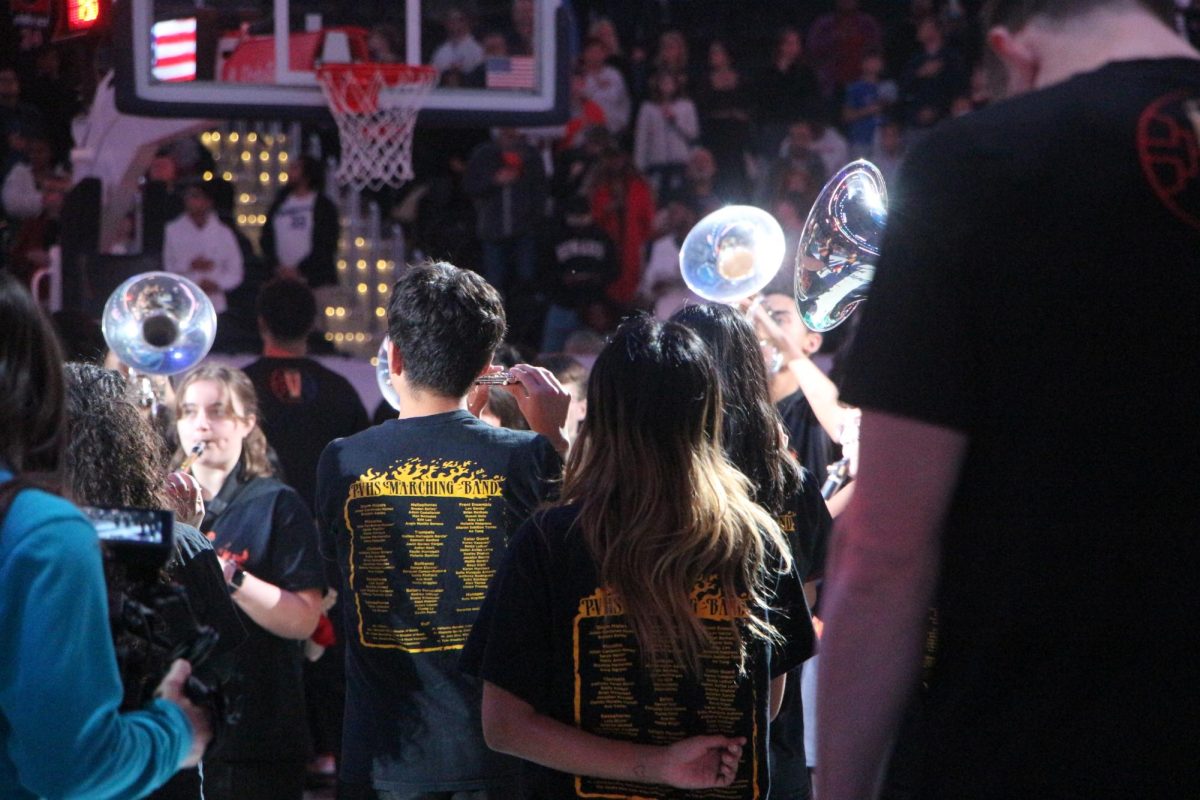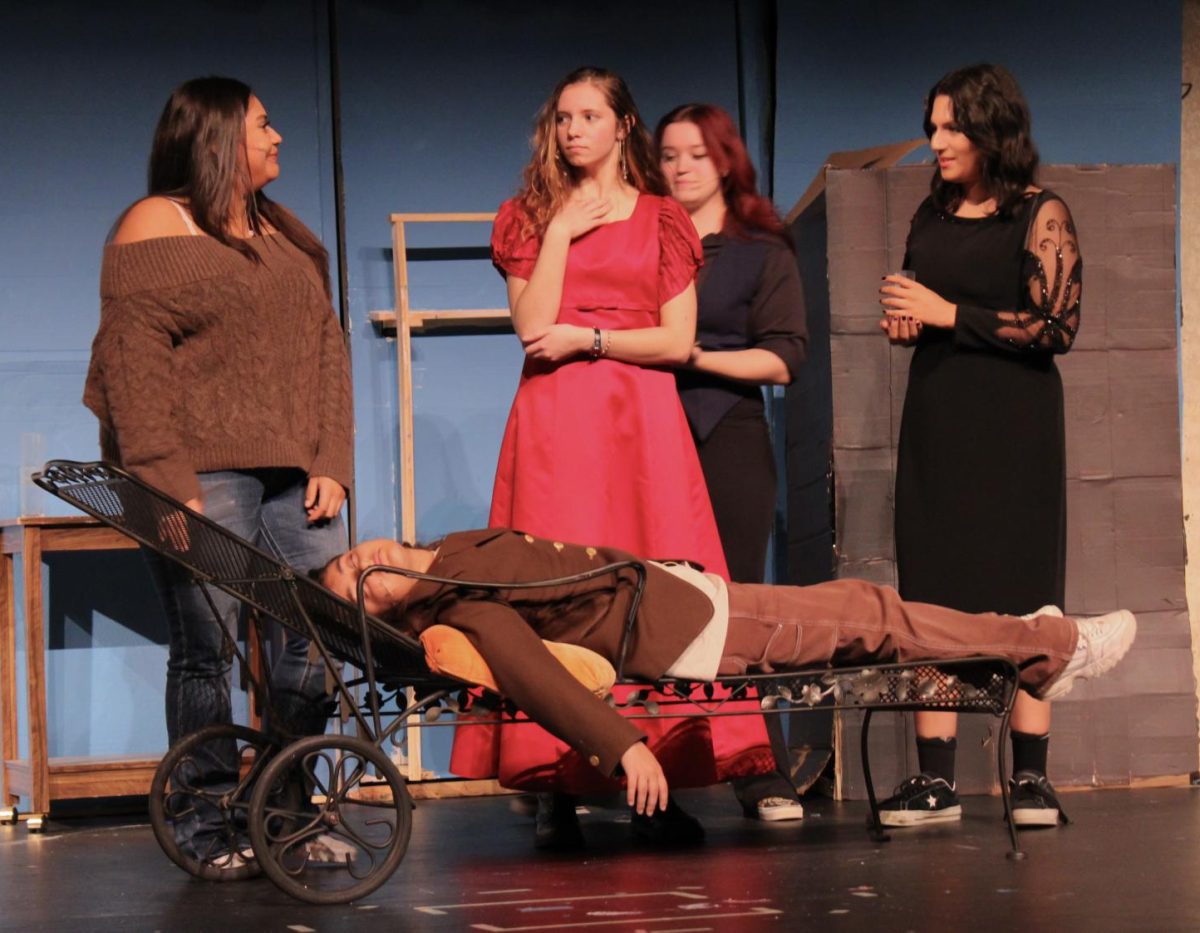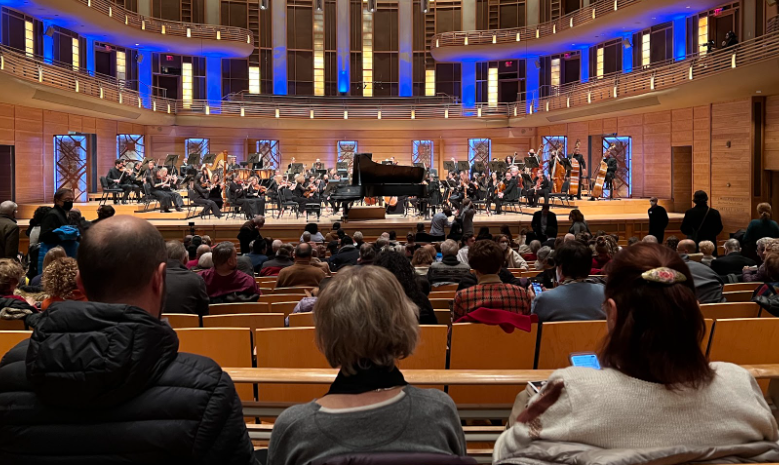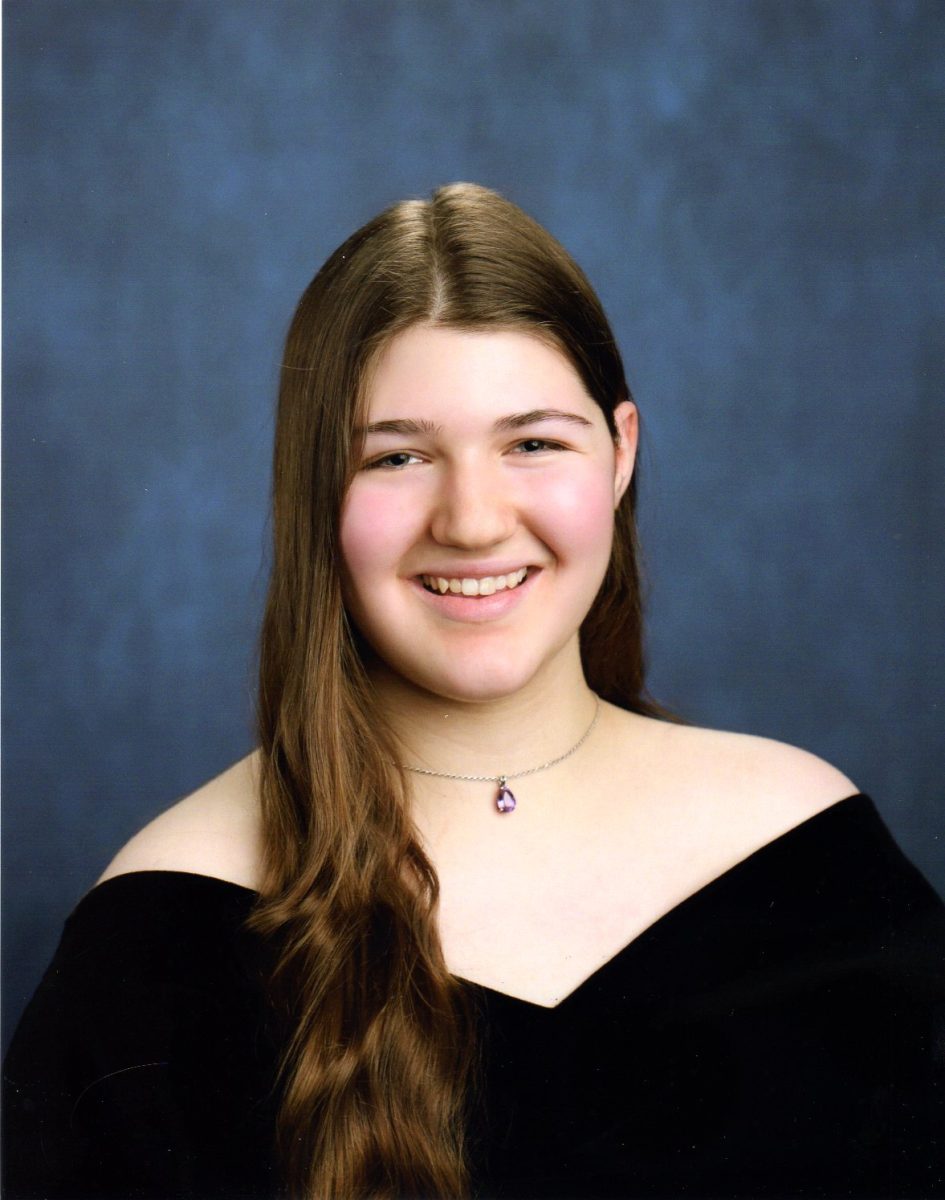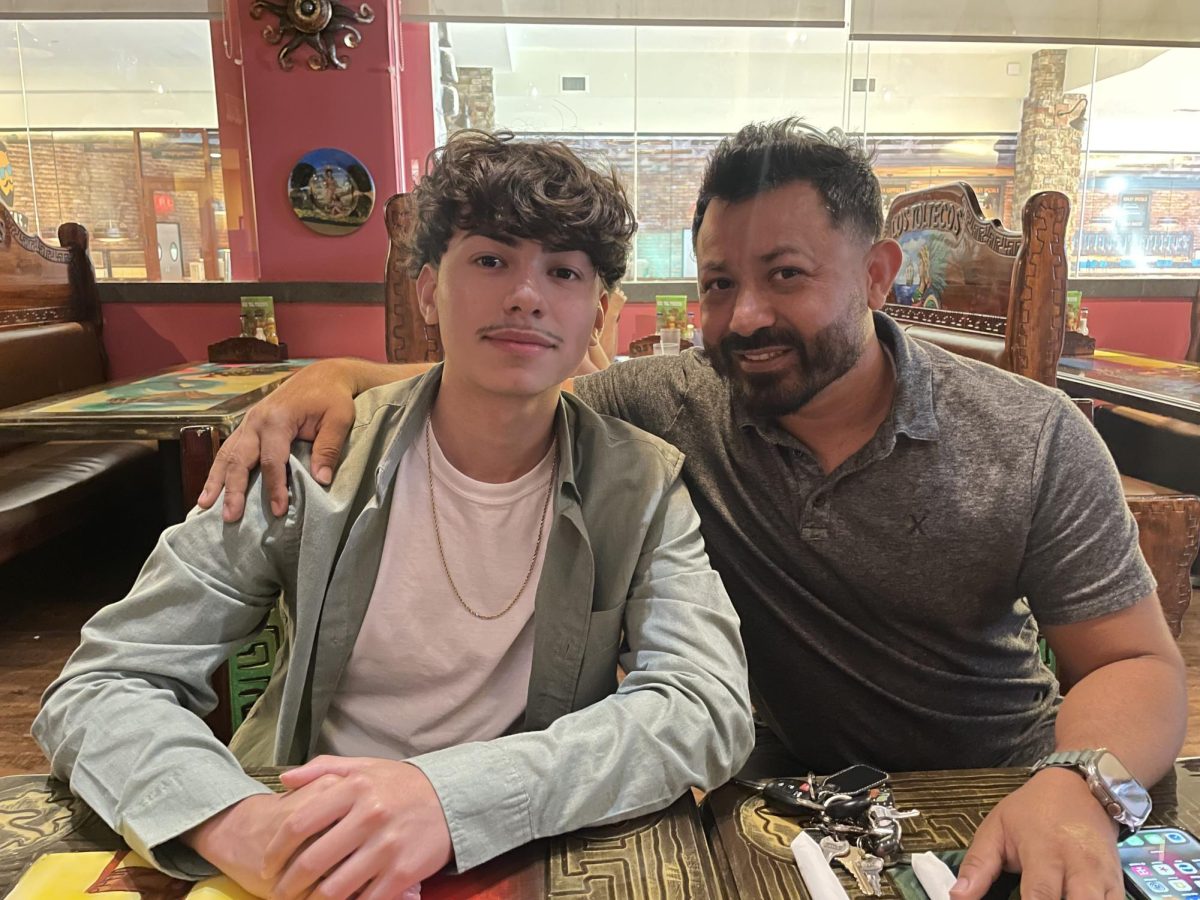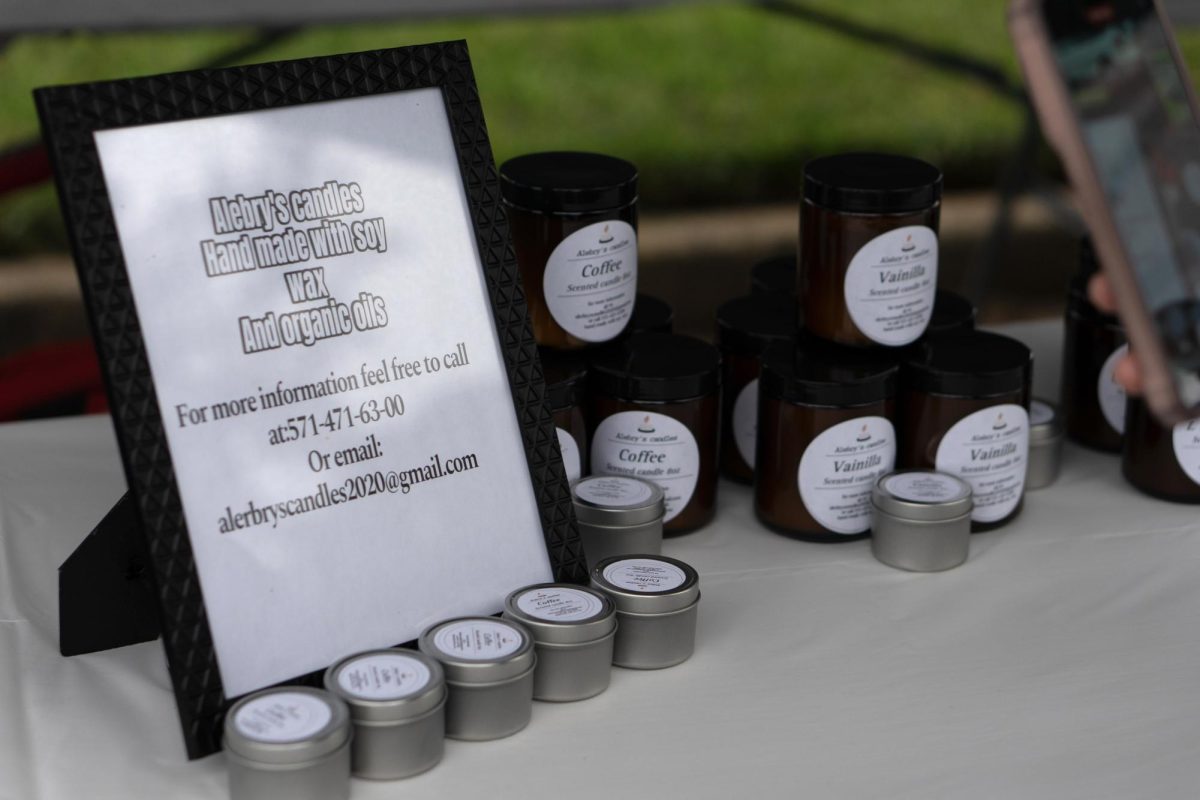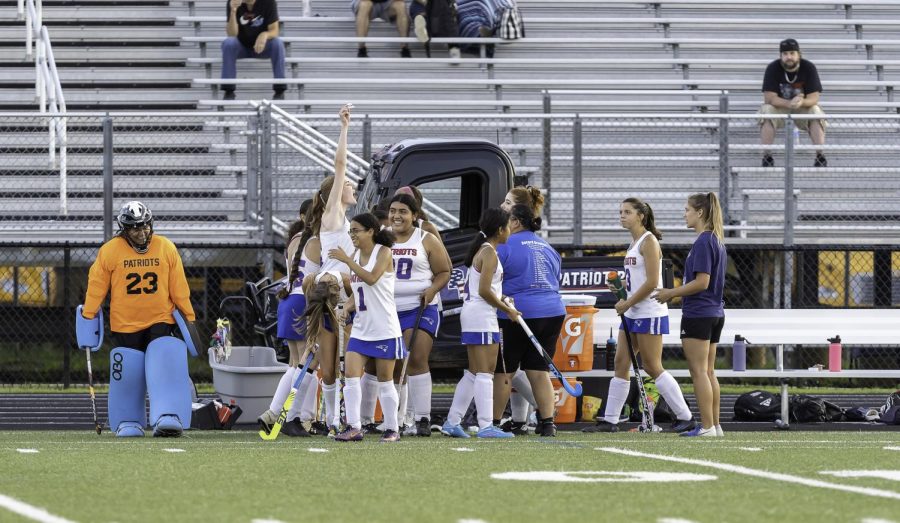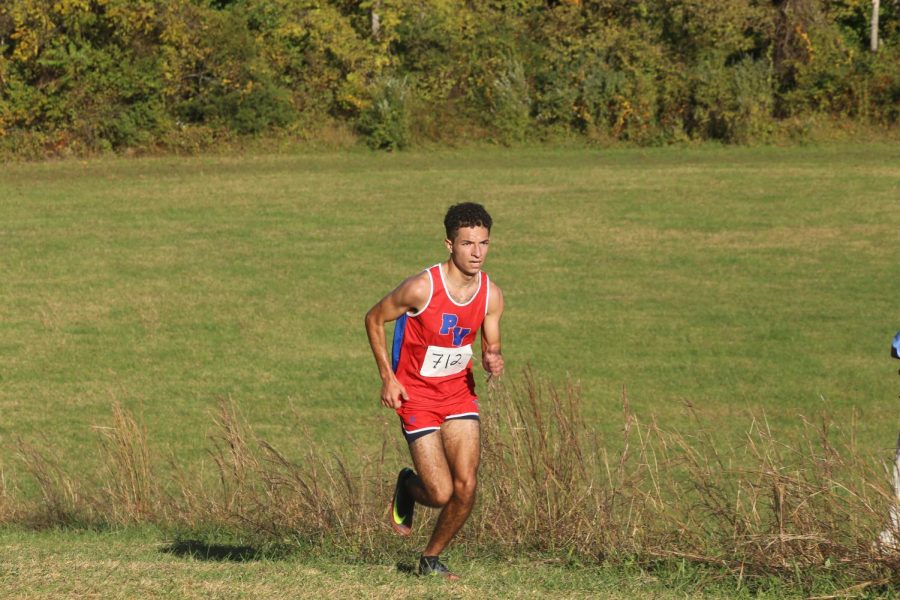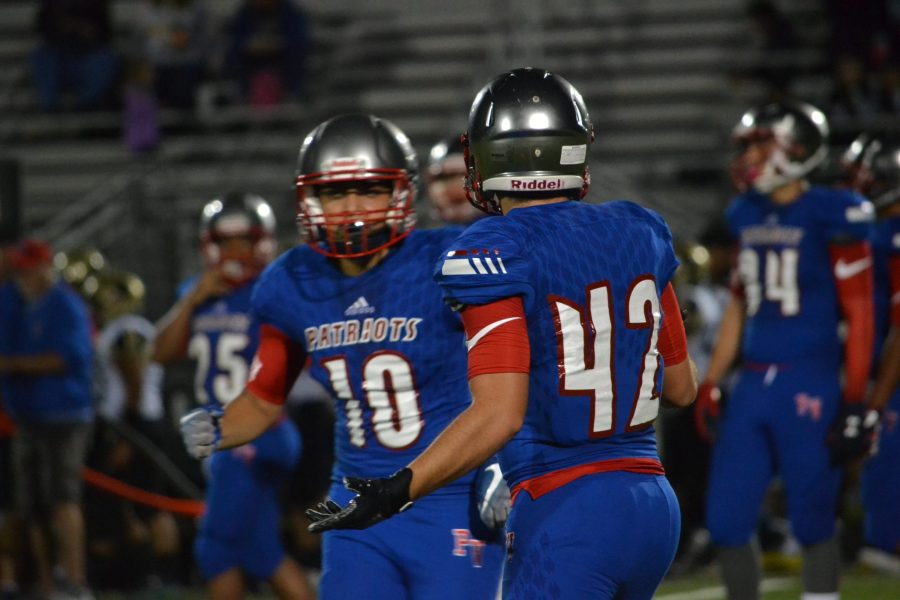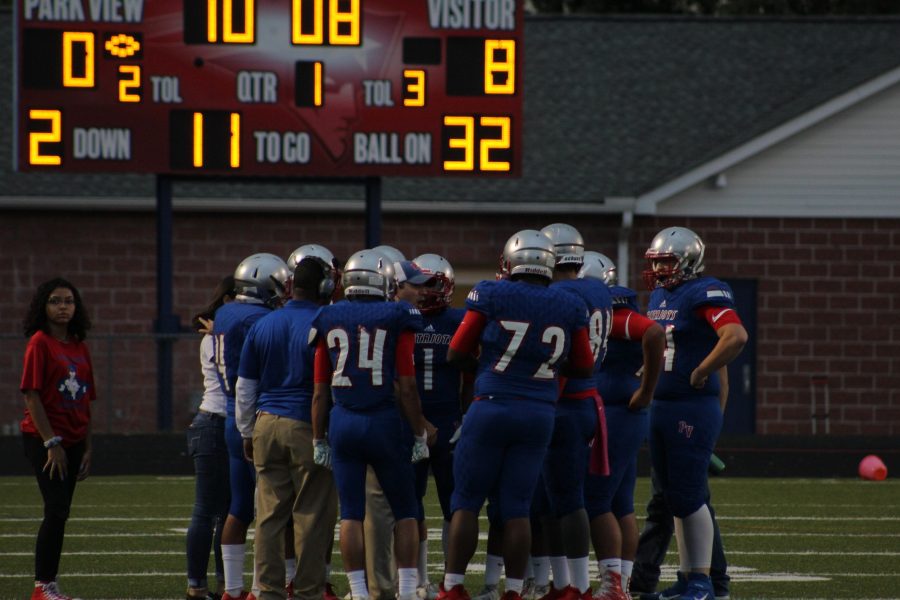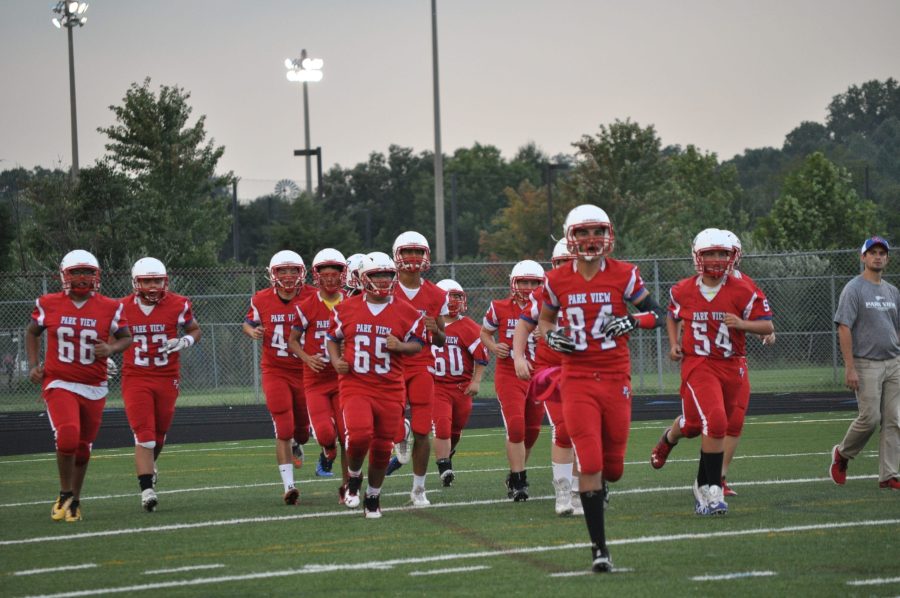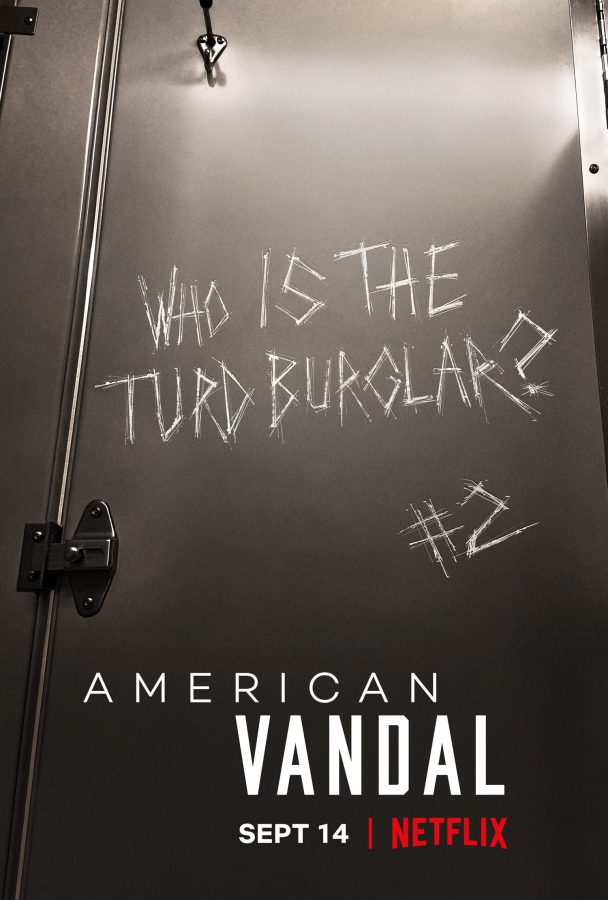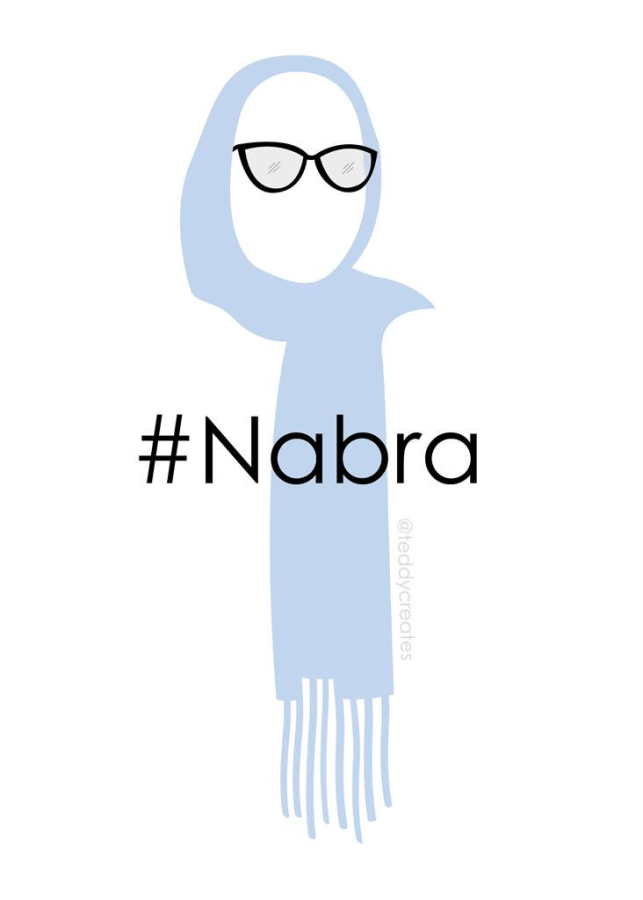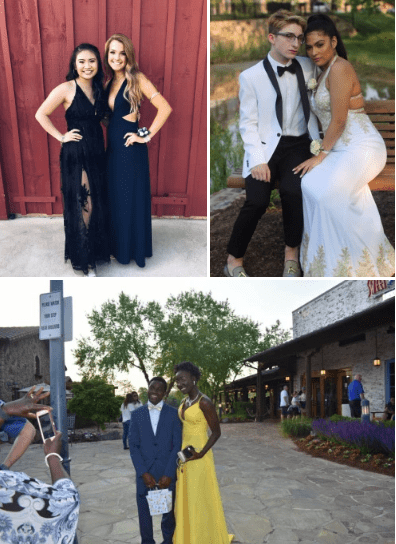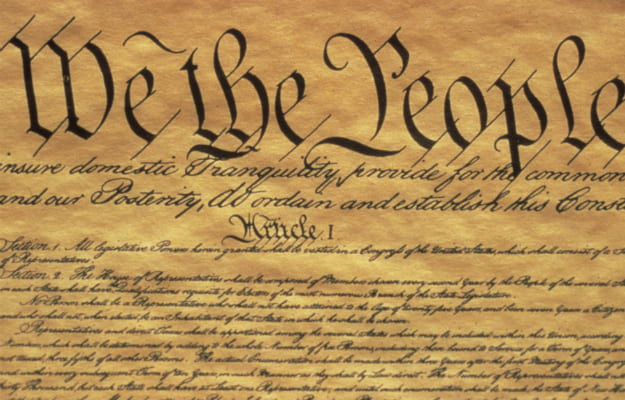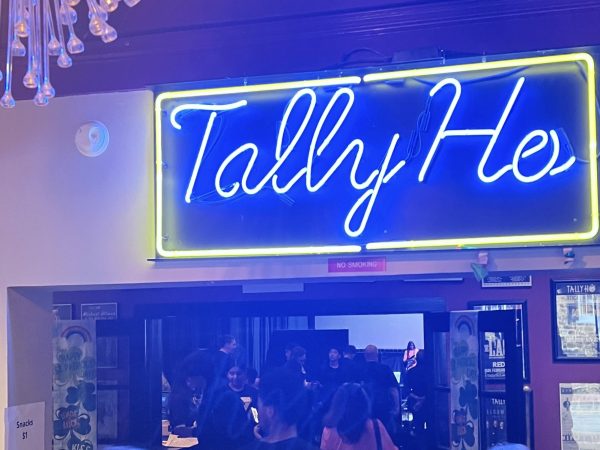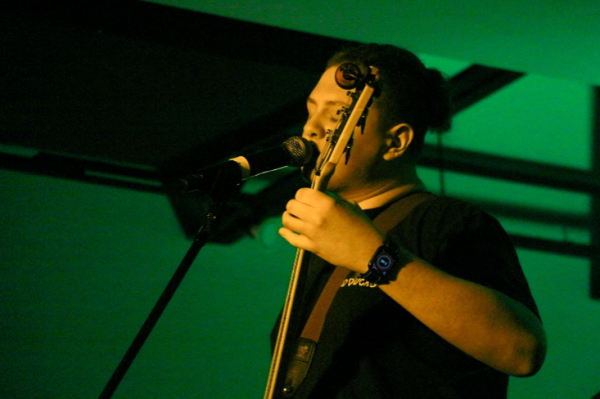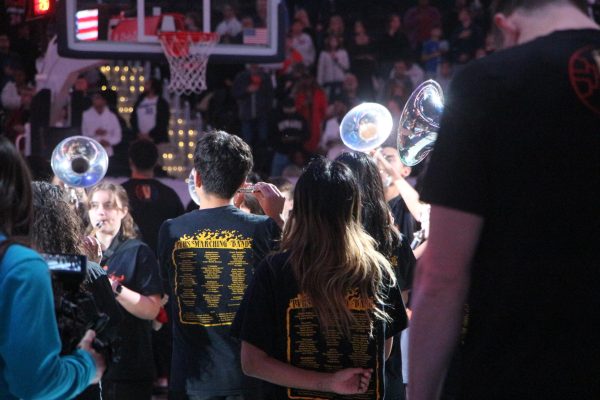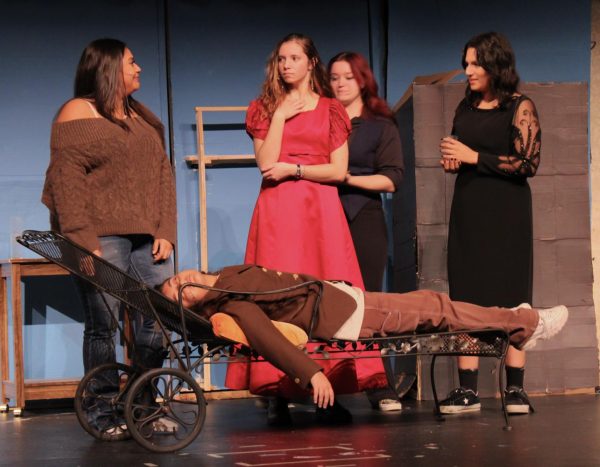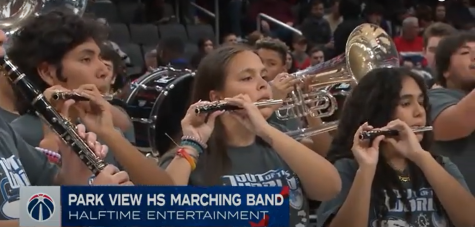Celebrating Rachmaninoff’s 150th Birthday
Park View Journalists Melissa Marroquin and Ruru Magdamit review a performance by the National Philharmonic Orchestra.
Celebrating Rachmaninoff’s 150th Birthday
On February 3rd of 2023, Melissa and I traveled from Park View High School to Bethesda, Maryland to attend a concert to celebrate Sergei Rachmaninoff’s 150th birthday. Upon walking into the Music Center at Strathmore, the place was filled with people. The bright lights reflected on the floor of the building, and we proceeded to walk to the entrance to scan our tickets.
The auditorium was loud, cramped with people of all different ages and backgrounds. The highlight of our experience was the joy plastered on people’s faces; everyone looked so happy to be there in the moment. After looking around for a while and waiting patiently for the concert to begin, the lights start to dim.
Our Thoughts on the Concert and Experience
Ruru
The National Philharmonic Orchestra performed Rachmaninoff’s virtuosic Rhapsody on a Theme of Paganini with incredible soloist Claire Huangci and his wildly successful Symphony No. 2 in E minor.
Once the third movement of Symphony No. 2 was being played, I was silently sobbing in my seat. One of the greatest things about classical music is that you can portray any kind of emotion and story through music. While listening to the third movement, I was having flashbacks to personal memories in the past, and while it made me cry, it also made me smile in unison. It was a beautiful performance, and I would definitely recommend people to experience it at least once in their lives.
Melissa
I don’t think there is much that you can compare to the magic that is seeing a master instrumentalist performing an extremely difficult piece live, Claire Huangci is undeniably a genius and a master at the piano. Watching her perform a piece so unfamiliarly familiar was mesmerizing; there were moments, especially in the early part of the performance, where you could hear callbacks to Paganini’s works combined with Rachmaninoff’s master interpretation of Paganini’s story. Time always seems to fly whenever I watch a performance of a professional concert pianist. I urge everyone to see a piano concerto at least once in their lives.
The opportunity to see Rachmaninoff’s second symphony in an area so close to Loudoun County truly felt like a privilege. Seeing it performed live had been on my bucket list for the longest time; I truly believe it is one of the most beautiful and heart-wrenching pieces of music ever composed. It reminded me of everything, yet nothing at the same time; I thought about it for days after. The motifs present throughout the entire symphony are simple yet melodic, and the leitmotif in the third movement[4c], followed by an non-repeating clarinet solo, is famous for being one of the most recognizable and gorgeous melodies in the history of music. I urge you to listen to this symphony at least once in your life; it is melancholy, passionate, and joyous, leaving you with a yearning for more.
History of Rachmaninoff’s Most Popular Works
Due to the Russian Revolution of 1917, Rachmaninoff fled the country, only composing six original pieces in the last 25 years of his life. Determined to get his family’s living situation back to its former standard, he pursued a career as a touring piano virtuoso instead of a composer. However, this life did not make him happy; health problems, homesickness, and a grueling performance schedule all got in the way of his composition. His self-doubt only grew with the poor feedback of his Fourth Piano Concerto.
However, in the 1930s, when he was finally able to find some stability, he built a home for his family by the shores of Lake Lucerne. A stroke of inspiration struck Rachmaninoff in 1934, and there, he worked tirelessly from morning ’till night, completing a masterpiece that would once and for all match the success of some of his earlier works.
Rhapsody on a Theme of Paganini is one of Rachmaninoff’s most famous piano pieces, inspired by Paganini’s Caprices for violin, Caprice No. 24 in particular. This piece gained so much popularity due to Paganini being the closest thing the Romantic era had to a rock star. His unmatched skill on the violin led the people of Europe to believe he had made a deal with the devil himself to achieve his skill. Paganini actively fed into these rumors, appearing in all-black clothing at his concerts and even traveling in a carriage with all-black horses; even the Catholic Church refused him a proper burial service when he died.
Rachmaninoff’s Rhapsody is unique because it supersedes a convention typical in other composers’ iterations of Caprice No. 24. In a breakdown of Rhapsody on a Theme of Paganini on the Utah Symphony website, the writer states, “the form is just as it sounds—the theme is presented, and then the composer creates variations on that theme,’ they write. “Rachmaninoff’s Rhapsody subverts this convention by presenting the skeleton of the theme at the very beginning as the first variation, the strings simply plunking the first note of each bar.”
Paganini’s 24th caprice was ripe for variation; other well-known Romantic-era composers, such as Franz Liszt, transcribed the work for piano, and Johannes Brahms wrote variations of the piece for solo piano.
After the disastrous world premiere of Rachmaninoff’s first symphony on March 27th, 1897, he plunged head-first into a deep, deep depression. The failure of Rachmaninoff’s premiere threatened to destroy his musical career for three years. His breakthrough occurred in 1900 after he started seeing psychiatrist Dr. Nikolai Dahl; the consultations caused Rachmaninoff to have a resurgence of confidence in himself, and soon after began to compose his second piano concerto, a masterpiece of a concerto telling the story of Rachmaninoff’s depression, one he dedicated to Dr. Dahl. A few years later, in the fall of 1906, he attempted to compose another symphony. In October, he entirely devoted himself to completing the work. He finished the first draft of the complete score[6ab] on New Year’s Day of 1907.
There are four movements to his second symphony. The first movement begins with low strings and a slow tempo, and a motif in the opener appears throughout the work at various times. The Allegro moderato section follows. The second movement is the scherzo of the symphony, a brass chorale throughout its opening measures. The third movement is undoubtedly the most famous of all the movements for having some of the most beautiful writing for strings, primarily based upon two melodies heard during the introduction. The finale brings back themes from previous movements, whirling the symphony to an ebullient close.
After Rachmaninoff refined the score, he again conducted its premiere in St. Petersburg on February 8th, 1908. He had gotten a much-needed surge of confidence from the immensely positive feedback of his second symphony. To this day, it is still one of his most beloved works and is one of the greatest Russian symphonies of the late Romantic era.

Ruru Magdamit is a 16 year old who focuses on videography and photography for Park View's Broadcasting & Newspaper Journalism classes. She has written...

